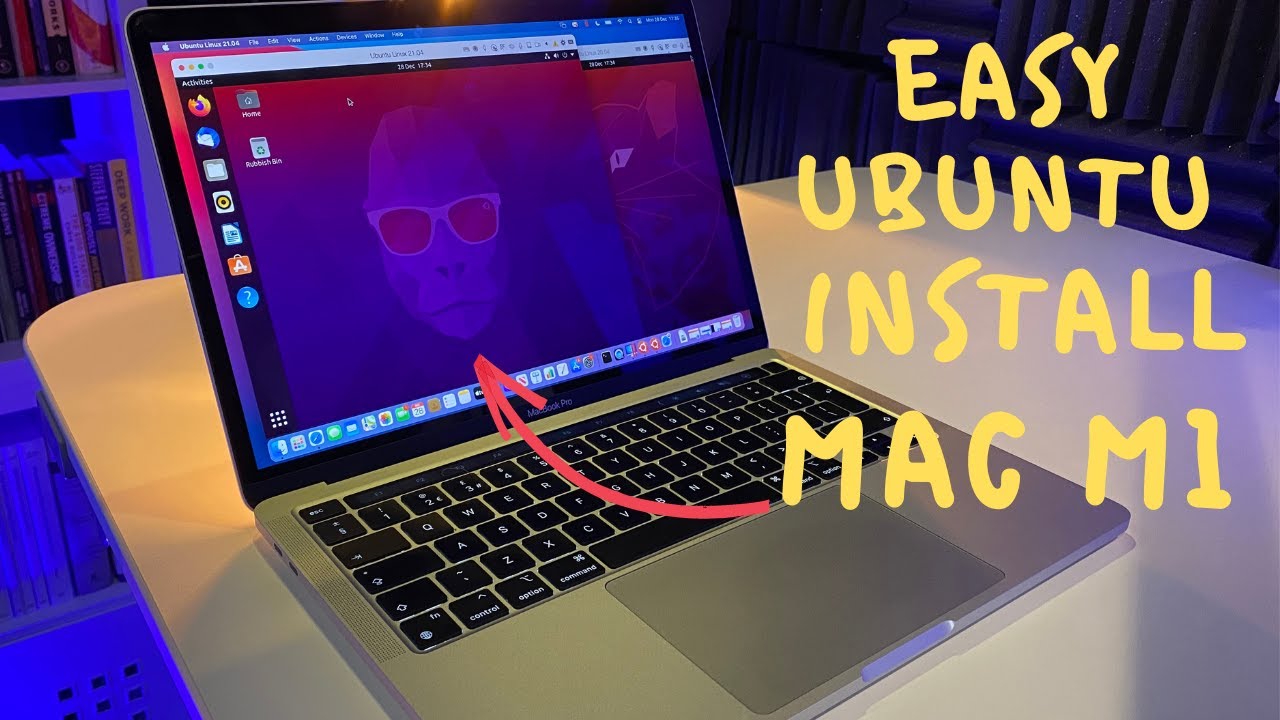

To start with, Apple CPUs boot the operating system kernel in a different way. Our virtual environment is extremely flexible in terms of models it can accommodate but on the Linux side, the 64-bit Arm world has largely settled on a well-defined set of building blocks and firmware interfaces - nearly none of which were used on the M1. But when writing Linux drivers, it became very apparent how non-standard Apple SoCs really are. Many components of the M1 are shared with Apple mobile SoCs, which gave us a good running start.

As we were creating a model of the processor for our security research product, we were working on the Linux port in parallel. So when Apple decided to allow installing custom kernels on the Macs with M1 processor, we were very happy to try building another Linux port to further our understanding of the hardware platform.

This led directly to the Sandcastle project, where we built a kernel port to the A10 processor in early 2020. But in the process of developing our virtualization system, we also gain knowledge about the hardware we are modeling, and this knowledge can be best refined by testing it against real hardware - which we have only been able to do with the emergence of checkm8, an exploit that let us load programs onto Apple smartphones. Our Corellium virtualization platform has been providing security researchers with unparalleled insight into how operating systems and programs work on Apple Arm processors.

It also made Apple silicon rather distinct from all other 64-bit Arm hardware in terms of both CPU core and peripherals. This approach was enabled by their in-house hardware design team, and resulted in unique parts with a broad feature set, leading the industry in terms of architectural features. Since then, Apple has been focusing their energy on building faster chips, preferring to improve single-threaded performance over throwing more cores on the chip. But those who have been following the development of Apple phone chipsets closely knew that the evolutionary path Apple followed would result in a powerful 64-bit Arm processor.Īt Corellium, we've been tracking the Apple mobile ecosystem since iPhone 6, released in 2014 with two 64-bit cores. When Apple released their desktop products with the M1 processor in November 2020, quite a few people in the tech community were surprised by the excellent performance of these systems.


 0 kommentar(er)
0 kommentar(er)
